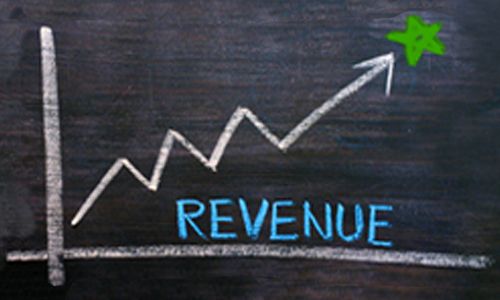Ford Mustang. Chevy Camaro. Dodge Challenger. The turn of the 20th century saw the automobile change the course of history. It gave us industry, style, and these iconic car classics—all of which poured the foundation for our American car culture, according to iDriveSafely.com. But, the turn of the 21st century also altered the course of history. It gave us the internet with new communication channels, worldwide connections, instant visibility, and the age of the customer—all of which are transforming our car culture and the car buyer’s experience. So, what has changed? And, what does the automotive customer experience of the future look like? Here’s the history of our car obsession and a peek into the automotive customer experience of tomorrow.
In the 20th century, the automobile and its manufacturers may have beat apple pie as the blue-blooded American legends, but in today’s day, digital customers have Ford, GM and Chrysler beat. With the age of smartphones and social networks, every move an auto company makes is exposed and critiqued in real time as the customer reveals everything online. As a result, the automotive customer experience revolution is already underway, and business leaders at the top of these manufacturing companies are responding by developing a new technology-driven customer ecosystem that’s more social, more personalized, more intuitive, and immediately responsive. How are they building this customer interaction system of the future? Here’s one major auto manufacturer’s story.
When a big auto company wanted to transform their customer experience, respond in real-time to dissatisfied customers, and ensure instant gratification for more brand loyalty, the company focused on unifying technologies, integrating processes, and centralizing customer data. They invested in an integrated automotive customer experience technology solution that helped employees connect systems and put together all the information they needed to instantly respond to the digital customer.
Through a single user interface, the customer experience technology platform allows fast and easy access to comprehensive information for 21 million customers and 16 million vehicles. Furthermore, the auto company has made the technology platform accessible to its customer service teams, sales teams, local dealerships, and field staff, enabling real-time collaboration to address customers’ complaints and problems on the spot. Social media tools are currently being added. With social monitoring and reputation management technology integrated into the system, the alert team will soon be able to react to customers online.
Here’s how the system delivers the automotive customer experience of the future:
- It unites all customer-related technologies and data into a consolidated system that empowers employees with a complete view of all of the customer’s records in a single location.
- It brings together Salesforce.com CRM, the primary customer database, dealer resources, and the auto manufacturer’s back-office systems into one user-friendly experience with real-time data integration into the data center and back-office systems.
- A single system serves eight separate lines of business and provides comprehensive information for more than 21 million customers and 16 million vehicles.
- The system handles more than 1 million customer record updates each day.
- Whether customers call, email, chat or chatter online, all of their communications are stored in one place, tracked, and reported.
- Rather than relying on its vendors or partners to build multiple reports and then struggling to unite all the information, today the auto company directly manages the reporting process and proactively generates reports using the new technology’s integrated reporting dashboard.
- The same technology that employees use to serve customers will ultimately provide self-help for customers.
In the auto industry, customers (not manufacturers) are the new American legend, and companies are leveraging technology innovations to respond and build the automotive customer experience of the future—today.






